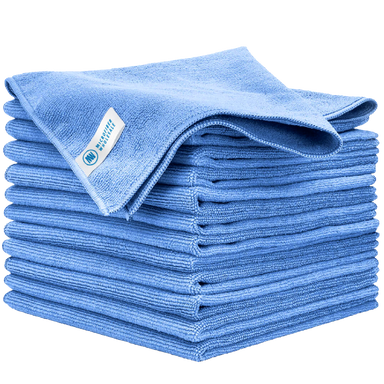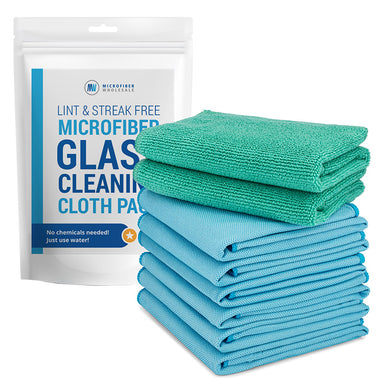Know Your Cooktop: Why One-Size-Fits-All Doesn’t Work
Before you grab your cleaning supplies, it helps to know exactly what kind of cooktop you're dealing with. Not all surfaces are created equal, and using the wrong method can do more harm than good.
Each cooktop type has its own personality (and cleaning quirks). Here’s a quick rundown:
Glass or Ceramic Cooktops
These are the sleek, modern-looking cooktops that double as mirrors for every speck of dust. They’re flat and super easy to wipe down, until something boils over or gets burned on.
Then suddenly you're dealing with crusty messes that seem glued on for life. They're also prone to streaks if you don’t dry them properly.
Stainless Steel Cooktops
Ah, the shiny workhorse of the kitchen. Stainless steel is strong and durable, but it’s also a magnet for fingerprints, smudges, and mystery splatters.
And if you scrub too hard or use the wrong cloth? Say hello to scratches. These cooktops look amazing when clean, but they’re high-maintenance.
Gas Cooktops
With all their removable grates, burners, and knobs, gas cooktops are basically a cleaning obstacle course. Food and grease love to hide in all the nooks and crannies, and burnt-on messes under the grates are practically a given.
But with the right technique, they clean up beautifully, and they’re worth the effort.
Induction Cooktops
They look just like glass cooktops, but induction uses magnetic technology to heat your pans (not the surface). That means fewer burned-on spills, but they’re still prone to smudges, streaks, and surface scratches if you’re not gentle.
Electric Coil Cooktops
A bit more old-school, electric coils get the job done, but they come with their own mess factor. Spills drip down into the drip pans, which can get gross fast if you don’t stay on top of them.
The good news? You can usually remove the coils and pans for easier cleaning.



























 By continuing with your order, you acknowledge and agree to the following:
By continuing with your order, you acknowledge and agree to the following: